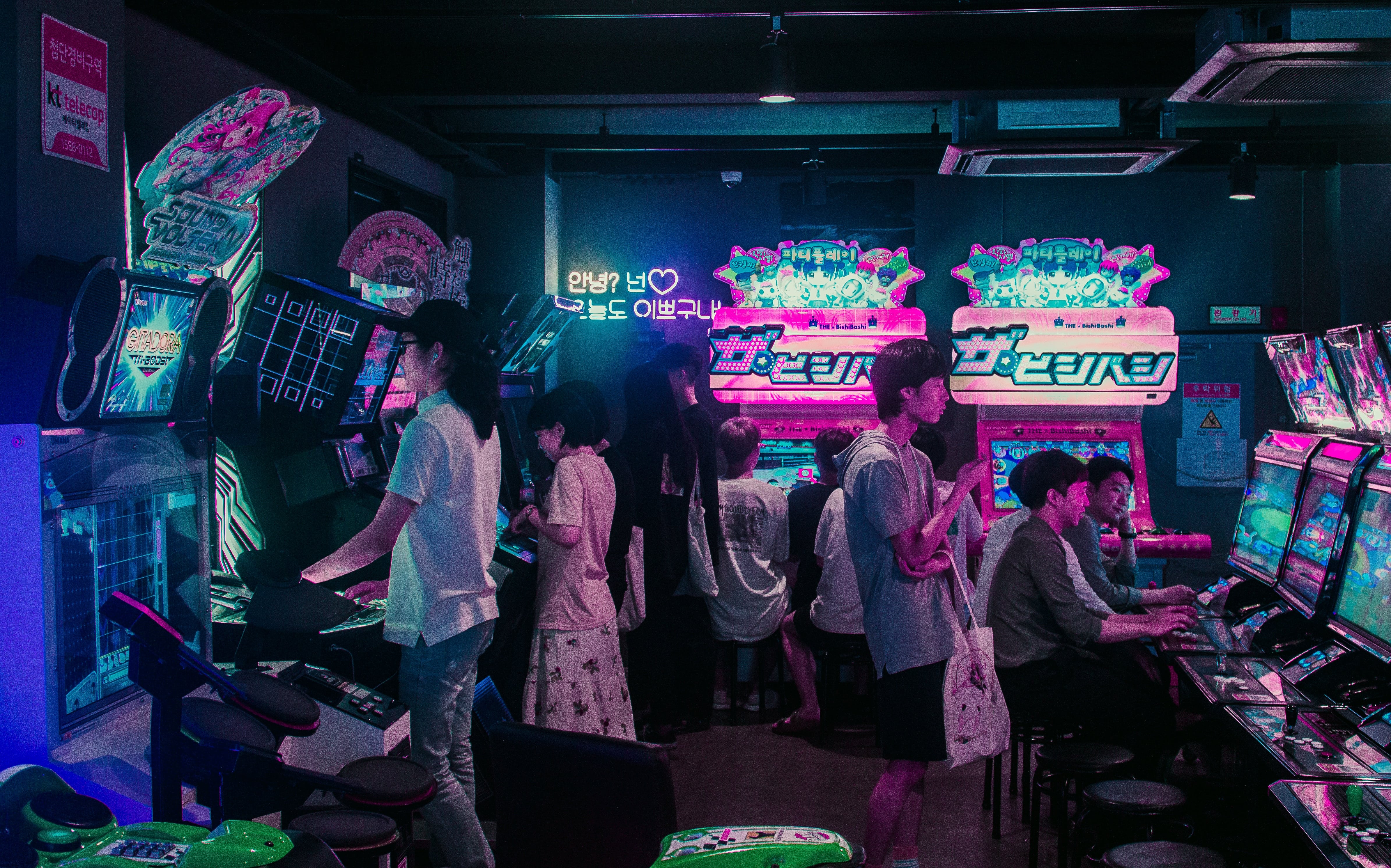The other day when I was walking through Target I witnessed the most shocking interaction between a mother and her toddler. Well, actually it was a lack of interaction. One of them was acting like the other didn’t even exist, completely immersed in their smartphone… and it wasn’t the mother.
Here was a four- or five-year-old, working a smartphone as if it were their left arm. It was truly a match that made sense. Kids are enthralled by stimulation. Anything fast-moving, visually mesmerizing, or just plain different is going to capture their attention. The smartphone is the perfect stimulator.
Initially, this image made me sick to my stomach. Was this really the way that millions of people were raising their kids?
However, I quickly realized this
Instead of playing the hypocrite, maybe it’s time we get behind the technology movement and actually use it to create better learning environments for our kids.
We’re already witnessing many legacy toy brands use advanced technology to animate their once inanimate toys. Pokemon’s augmented reality app is just one great example of a stagnant brand reinvigorating itself with new technology. Another brand I’m particularly impressed with is Hot Wheels.
Hot Wheels created what they call an Intelligent Race System. Essentially, kids can race a remote control car around a 16-foot track against a robot racer. It’s a physical track with a robot opponent. That’s pretty cool, in and of itself. However, just like a computer opponent has different difficulties, so too does the Hot Wheels robot opponent. As the kid gets better and better at playing the game, the robot’s difficulty also increases. Hot Wheels says it learns to better itself through AI, but I’m a little skeptical. I think it just has different settings.
Nonetheless, this indicates a particular wave we’re about to see in toys. And that is an AI-enabled toy that learns and grows alongside its user.
Already a future thinker?
Then become a friend.
Learning with the Youth
Not long ago, researchers at SoftBank Robotics stumbled upon a groundbreaking realization that a robot toy is more valuable to a child’s education, not as a teacher but as a student. In other words, by creating an intelligent robot that purposely makes mistakes – thus prompting the child to correct them – you actually do much more for the child’s education than lecturing them. Some refer to SoftBank’s education robot, NAO,
Teachers have long understood that knowledge can be further encoded in a student’s brain when they have to explain what they’ve learned to another student. It’s called peer learning.
This is vastly different from what we normally expect of interactions with intelligent machines. Generally, we expect Siri or Alexa to yield results. We ask them a question and demand an answer.
SoftBank Robotics, on the other hand, proposes that we design AI Educational Toys to always display slightly less intelligence than their child user. As the child “teaches” the robot what they’re learning, the robot steps up its game to continuously challenge the child.
Similarly, Joseph Michaelis, a doctoral student at UW-Madison, has designed a learning companion with some of his colleagues. Their robot, Minnie, accompanies a child while they read aloud, responding with thoughtful comments. If the child reads a frightening scene, Minnie might respond with, “Oh, wow I’m scared.”
“Learning companion” is a fascinating vertical for AI-enabled Toys and robots. By occupying this educational space and growing with the user, they achieve toy longevity.
Toy Longevity
We all know how quickly children grow tired of toys. My cousin keeps a bucket (and I mean a BUCKET) of discarded toys that their three kids have lost interest in.
However, imagine if books like Green Eggs & Ham rewrote themselves over time to continuously intrigue and better your child’s vocabulary and comprehension. What if Monopoly, after you played it for a certain amount of time, evolved into a deeper, more realistic game about investing and building finances.
It’s hard for us to wrap our minds around a physical product evolving before our eyes (like we do as humans). But this is exactly what AI Toys are designed to do – evolve and develop alongside a child.
Do you really want a toy to grow with your child?
Yes. Actually, you should. Not only could it be cheaper on your wallet, but it’s an optimal tool for learning because it can tailor its message to the level of skill a child exhibits.
Contrary to most toys on the market which are stagnant with a singular function, AI Toys are multi-functional, incorporate intelligence, and change over time.
One of the greatest assets or features of an AI Toy is its longevity. It has the staying power to outlast other toys that come and go with the seasons.
Interestingly, “learning companion” is just one narrow role that AI Toys are occupying in kids’ lives…
This concludes Part 1 of a 2-Part series on AI Toys.
Tomorrow, we’ll discuss why China is adopting AI Toys as friendly companions. And why Apple, Amazon, and Google are all very interested in creating these friendly robot companions.

1 comment
Comments are closed.